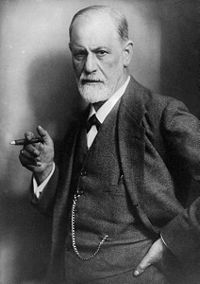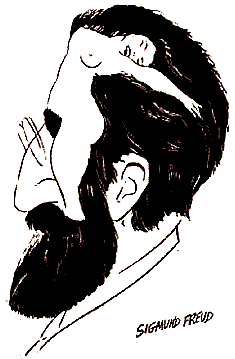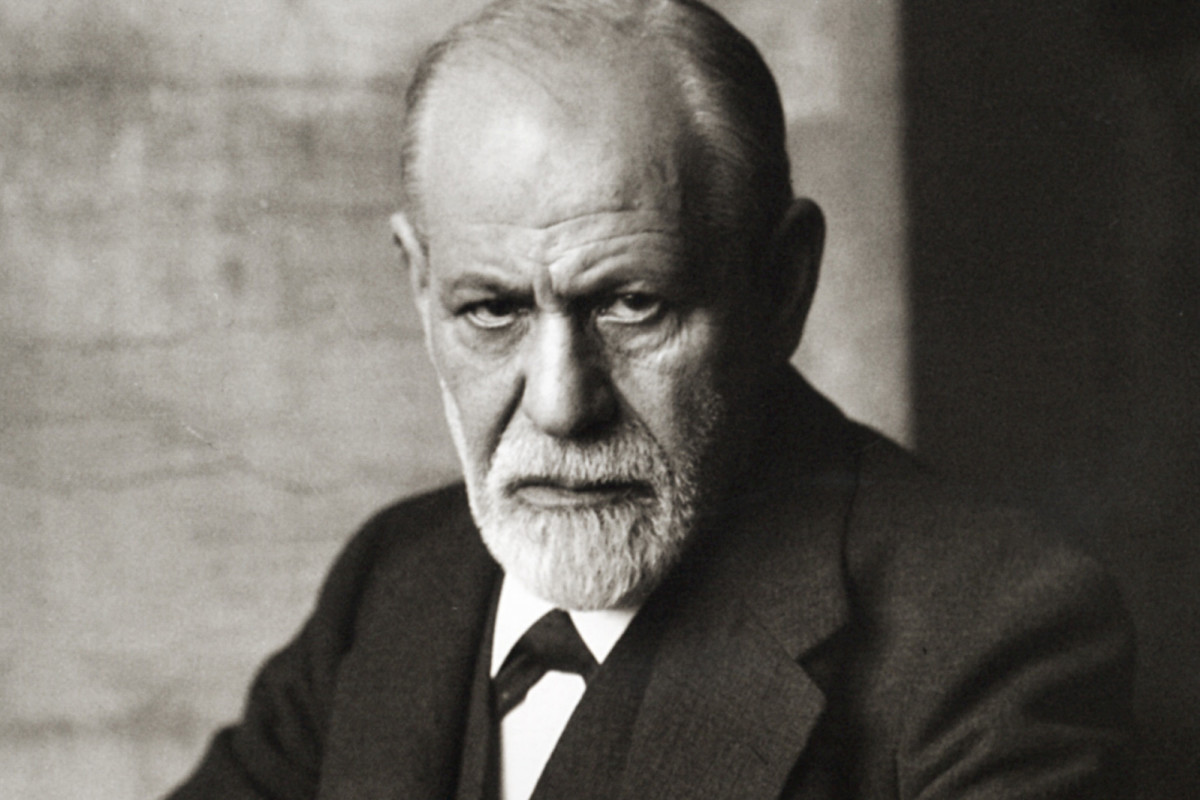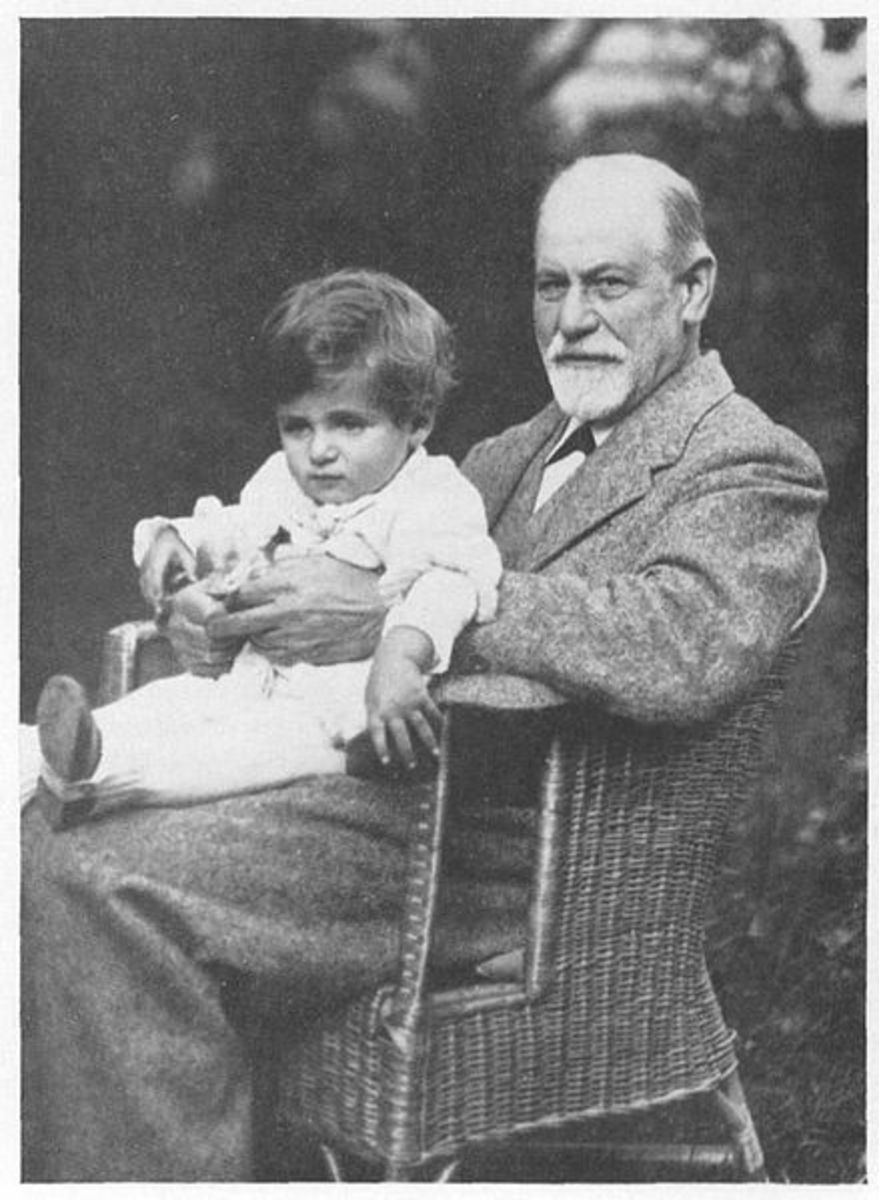FREUD AND PSYCHOANALYSIS


SIGMUND FREUD (1856-1939)
Late Nineteenth and early twentieth century were momentous periods in the field of science. Old ideas gave way to new ones, and science witnessed dramatic changes. Amongst the different branches of learning, psychology remained the most obscure. This was largely on account of the unpredictable and unfathomable nature of human mind. Sigmund Freud’s contribution to Psychology is comparable to that of Einstein’s in Physics, but in terms of its sweep and influence on branches of learning it is probably more. Art, literature, criminology, biography and even religion, were influenced by Freud’s ideas but it also generated intense controversies.
Sigmund Freud was born in Freiberg, Moravia in 1856. He got his medical degree from the University of Vienna in 1881 and later went to Paris to work under the renowned neurologist Jean Charcot. This apprenticeship helped him understand hysteria and how hypnosis could be used to treat it. Though the medical fraternity did not look upon this with favor his interest was kindled. While treating persons suffering from repressions and neurosis, he realized that conflicts were not confined to neurotics, but to well adjusted persons too. Neurosis was therefore a psychological state of mind. He soon realized its widespread nature while treating his patients in Vienna and it was this, which prompted him to lay the foundations of psychoanalysis.
LIBIDO
Psychoanalysis seeks to probe the roots of human behavior. Freud’s studies led to some very interesting and controversial discoveries. On the basis of his observations from numerous case histories he concluded that the root of all human behavior is based on libido, which is sexual energy both in its original and modified form. Its initial manifestations in its raw forms take place during childhood. During this stage the libido is fixated in several parts of the body in turns. The infant’s first source of satisfaction is the oral region, which is obtained by sucking, chewing and biting. Weaning process however transfers this source of satisfaction to the anal region. This is the stage when the child derives satisfaction from the activities of the lower bowel and playing with feces. This is called anal erotic stage. Toilet training however frustrates this and the infant’s libido next gets fixated with the genitals. This is the stage of genital eroticism. In the process of physical development the child also seeks an external object to satisfy its libidinous tendencies. This is when the child gets fixated with parent of the opposite sex. Its manifestations in boys are called Oedipus complex and in girls, Electra complex. But socialization process instills the concept of taboo and the prospects of punishment makes the child to divert the raw sexual energy to socially accepted channels. All this however changes with the onset of puberty. These three early stages of the libido, when it gets fixated on several parts of the body are called polymorphous perverse. If this were to take place in an adult, it would be a perversion.
ID, EGO AND SUPEREGO
The next important discovery was the tripartite schema of the mind and its influence on personality. These are basically three levels of consciousness. Freud called it the Id, Ego and Superego. The Id is the primitive and animalistic part of the mind. This is the largest part of the mind and the seat of the libido and all our suppressed memories. From the id develops the ego. This is the result of socialization and it is that part of the personality, which comes to term with the external reality. At the same time it also allows the ego freedom to have its way to a limited extent. The ego however has to contend with the censorious Superego, which is nothing but the conscience. The Superego is the result of parental prohibitions and social injunctions and is the seat of all our value system. It tries to regulate the Id using the ego as mediator. Obviously such a model of the mind would naturally be conflict ridden. There is the Id, which wants to have its own way, and the Superego, which tries to curtail it. In this running battle, the Ego has to take on the role of a referee. Neurosis sets in when the Ego is weakened by this relentless conflict and comes under intense stress.
PSYCHOANALYSIS
Having identified the nature of the problem, Freud introduced Psychoanalysis as a therapy to overcome repression and its ensuing problems. He used a technique called Free association and dream analysis to cure such mental disorders. There were many who were Freud’s supporters. Adler, Brill, Jung, Stekel were some of the stalwarts who were influenced by him. Its rapid growth can be gauged from the fact that the First International Congress on Psychoanalysis was held in 1908 and by 1910 there branches all over the world. Freud fled Austria in 1938 when the Nazis invaded it and next year on September 231939 he died due to cancer of the mouth.
IMPORTANT WORKS
Studies in HysteriaThe Interpretation of Dreams (1900)
Three contributions to the theory of Sex.(1905)
General Introduction to Psychoanalysis (1916)
Beyond the Pleasure Principle (1920)
The Future of an Illusion (1928)
Civilization and its Discontent (1930)
.
.









